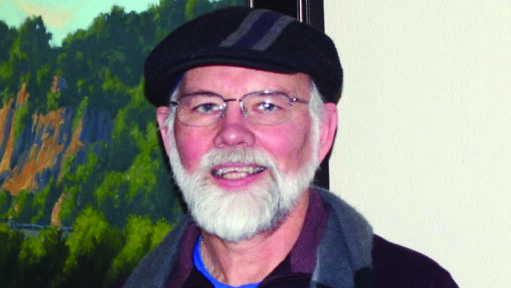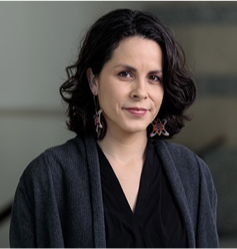Spiders and the Hierarchy of Caste
Building an Antiracist Community
By Tim Johnson
We called him Spider. He was thin and gangly, not unlike many spiders, particularly the one most familiar to us, the daddy longlegs. “Hey spider,” someone would call out and he would turn and acknowledge the name he had been assigned by his peers. It was only later that I learned he disliked the name, but at the time he never spoke out in opposition. He never said, “my name is Gary.”
Spider was a far cry from popular. He was a bit awkward, physically and socially. Mostly, he was easy to ignore, which many of us did. His silence was our complicity. We felt no need to bring Gary’s voice into the conversation. In the process, we missed out on getting to know him, his thoughts, his hopes and the things he might have added.
Spider did play a useful role. As long as he was the odd person out, not quite fitting into the group, it inherently felt like the rest of us were a little safer. We were welcomed into the group while Spider stood on the outside. Our gifts were recognized, while Spiders were ignored. Our voices were welcomed, while Spider’s was silenced. Spider was our insurance that there was a place for us in the group.
In many respects, this is how a caste system functions. It provides a comfortable place in a social hierarchy that, for those who are fortunate, is, at a minimum, a step up from those below. Spider was our below. The rest of us had no desire to be in the place to which Spider had been assigned.
In her work Caste, author Isabel Wilkerson makes the case that what we did to our peer Gary is the essence of the caste system upon which our nation is founded. A vital distinction is that what we did to Gary we did to him as an individual. A caste system makes it possible to create Spiders out of whole groups of people based on the color of their skin. Wilkerson writes, “A caste system is an artificial construction, a fixed and embedded ranking of human value that sets the presumed supremacy of one group against the presumed inferiority of other groups on the basis of ancestry and often immutable traits…favoring the dominant caste whose forbearers designed it.” Wilkerson argues there are three historic caste systems in history; the vanquished caste system of Nazi Germany; the millennia-long caste system of India and “the shape-shifting, unspoken, race-based caste pyramid in the United States.”
Wilkerson astutely notes, “the hierarchy of caste is not about feelings or morality. It is about power – which groups have it and which do not. It is about resources – which caste is seen as worthy of them and which are not.” None of us disliked Gary. He simply had found a lower status in our local context that the rest of us wished to avoid, and so Spider and Spiders become a convenient way of hanging on to whatever status and position we have managed to achieve. Like with our peer Gary, once established, this system can often be maintained by doing very little. Racial caste goes a long way to explaining the persistent inequities in education, healthcare, and housing to name a few. One need not be actively racist. Often simply doing nothing is all that is required to maintain the status quo. Our silence is our complicity.
A caste system is deeply grained, often hidden. But, it is human created and therefore can be changed. Our treatment of Gary was hurtful, and he missed out. In retrospect, we missed out as well.
Tim Johnson is a retired pastor for United Church of Christ.




